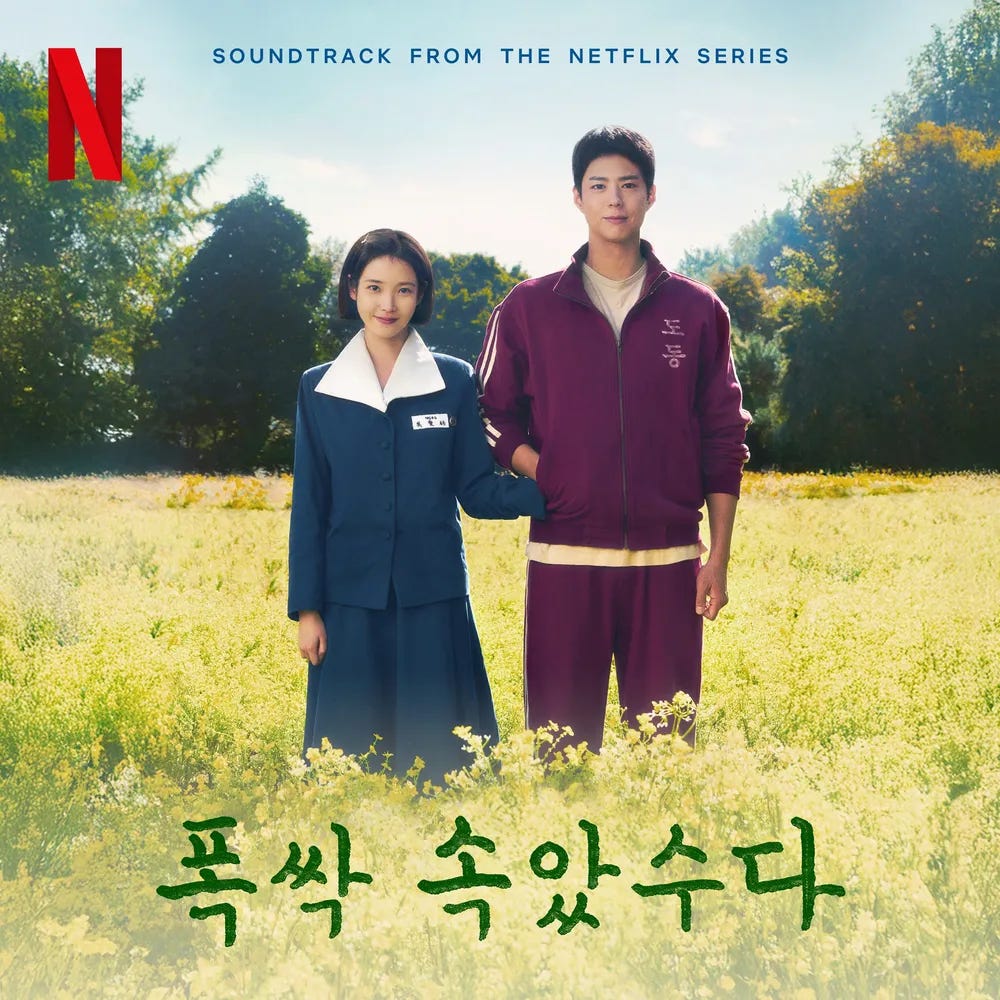안녕하세요. Hi there,
Have you ever met someone whose grammar was a little shaky, but their intonation and pronunciation were so natural you almost forgot they weren’t a native speaker?
That “oh-wow” moment doesn’t come from memorizing another verb table—it comes from training your ears, mouth, and rhythm together, little by little, every day.
Why Intonation Matters
Korean is often known for its flat, even tone—but when intonation does come into play, it can completely transform how you sound. It’s those subtle rises and falls that separate a natural speaker from someone who sounds just a bit off.
And then there’s intonation itself. In Korean, strong consonants tend to lift the pitch, while softer sounds lower it. That slight rise at the end of a question, the gentle drop in a casual apology—these are the invisible markers that make your Korean feel alive.
Take the word 깻잎, for example. It looks like it should be pronounced [깻잎], but it’s actually [깬닙]. It’s a tiny shift, but it can completely change how natural you sound.
That’s why, in the K-Drama Shadowing Club, we don’t just teach the words. We break down both the intonation patterns and pronunciation rules, visually marking the rise and fall of each line. You’ll see how certain sounds merge or change based on context, and how even the slightest pitch shift can carry a completely different emotion. It’s like watching the music notes to a song—you can finally hear and see what you were missing.
How We Practice It
Over the past four rounds of our K-Drama Shadowing Club, I’ve watched learners—from absolute beginners to seasoned speakers—carve out a gentle ritual:
press play, whisper a line, press play again, whisper a little louder. Five minutes, maybe ten. Day after day.
And then, almost without realizing it, they start hearing the language differently. They feel it differently.
The grammar mistakes? Still there, of course—but softer, less important. What shines is their confidence.
Here’s what we do:
One bite-sized scene a day: Just a few seconds of dialogue, short enough to tackle even on a busy morning.
Focused vocab & grammar pointers: Only what the scene actually uses—no extra clutter.
Loop, mimic, record: You listen, shadow, and share a quick voice note.
Feedback & community: There’s something strangely motivating about knowing others are practicing the exact same line that day.
Where We’re Heading Next
In June, we’re diving into When Life Gives You Tangerines (폭삭 속았수다)—a hit drama that’s captured so many hearts. Trust me, once you start shadowing this one, you’re going to love it.
If you’ve been meaning to give your pronunciation a gentle push—without adding another heavy class to your schedule—this might fit nicely.
If you’ve ever wished your Korean could breathe more like Korean, I’d love for you to walk this path with us—whether that means joining the club or simply borrowing the idea and shadowing on your own sofa each morning.
Curious to see how it works?
If you’d like to learn more or simply take a peek inside, click here:
Whether you join us this round or simply try shadowing your favorite lines on your own, remember: Ten focused minutes a day beats an hour of silent reading. Your future self—chatting away with that effortless Korean lilt—will thank you.
Talk soon,
Inae
Like a Korean
p.s. Even if life is hectic and you only manage a single whispered phrase tonight, that’s enough. Every seed counts. 🍊





Thank you for your program . you really help me to speak korean . thanks
Thank you this is the best post it really helps me to understand and practice korean
감사합니다 🌹